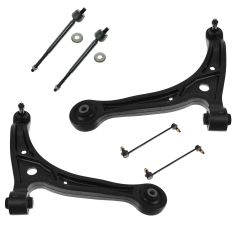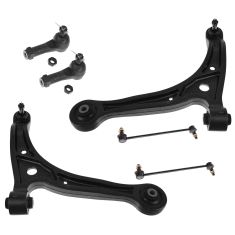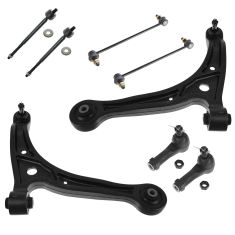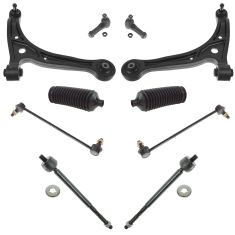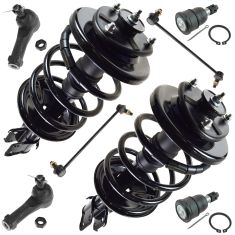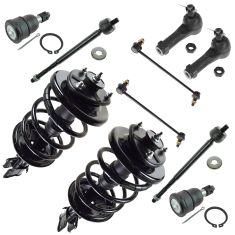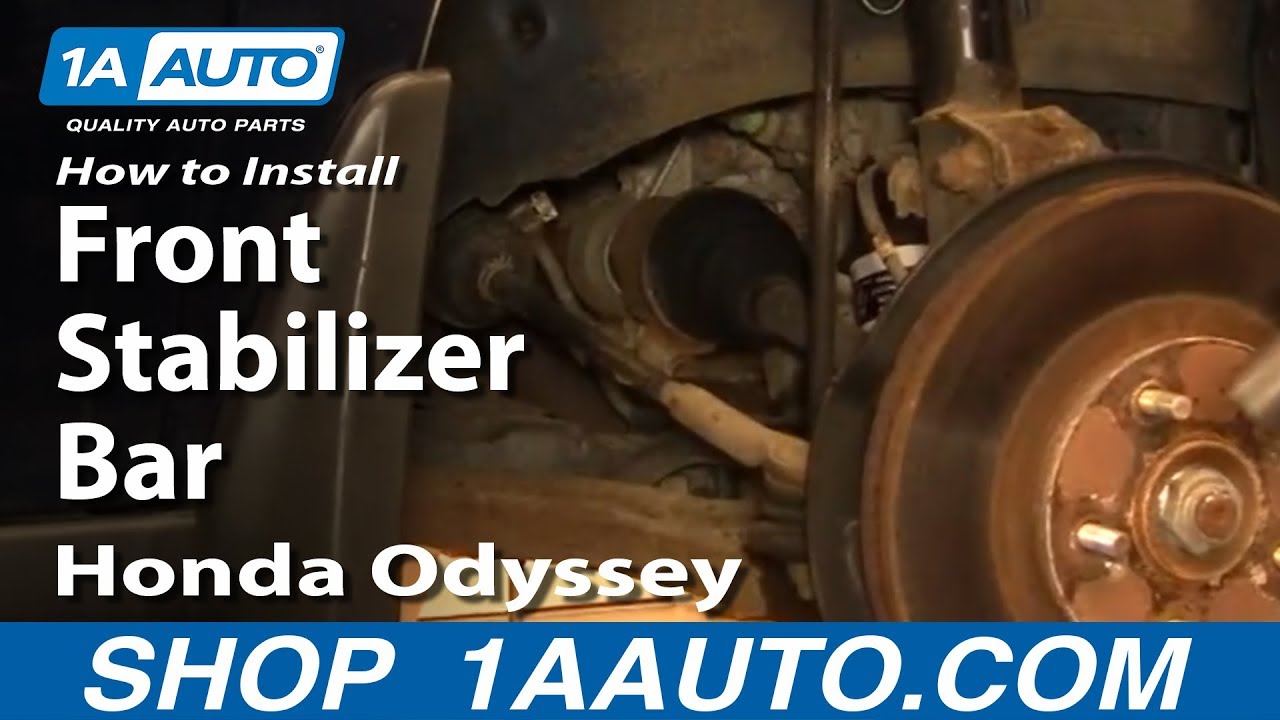1ASFK03072-1999-01 Honda Odyssey Front 8 Piece Steering & Suspension Kit TRQ PSA59138
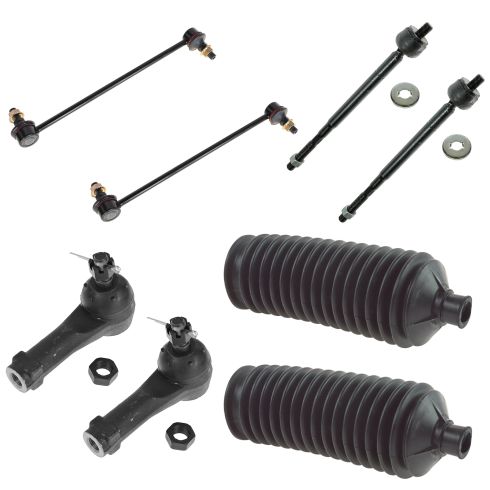


Replaces
2001 Honda Odyssey Front 8 Piece Steering & Suspension Kit TRQ PSA59138


Product Reviews
Loading reviews
There are no reviews for this item.
Customer Q&A
No questions have been asked about this item.
Honda is a registered trademark of Honda Motor Co., Ltd. 1A Auto is not affiliated with or sponsored by Honda or Honda Motor Co., Ltd.
See all trademarks.







